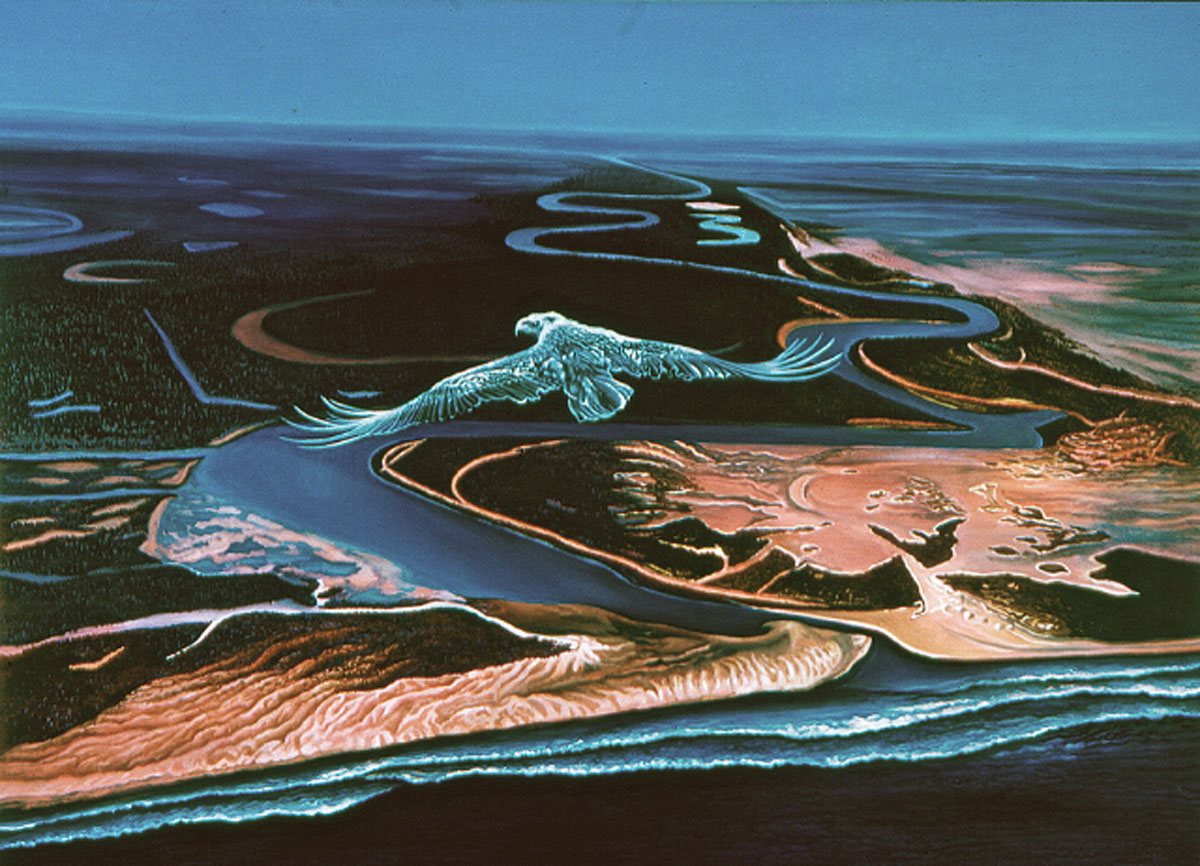The Mesopotamians faced the numinous in the things themselves. The numinous is a unique experience of confrontation with power not of this world. In Mesopotamia, chaos-monsters were immanent, not located before or after the time of the peaceful or systematic world. The Mesopotamians knew that they are not determined but engendered by chaos-monsters or deities. Therefore, they had no idea of transcendence in terms of salvation nor doom. Yet, they had a very positive human response to that unworldly power. It was a reaction to the experience of that supernatural power by means of analogy, namely the invention of metaphor. In this hymn you can feel the movement from dread to fascination with the destructive evil spirit:
they are gloomy, their shadow dark,
no light is in their bodies,
ever they slink along covertly,
walk not upright,
from their claws drips bitter gall,
their footprints are (full of) evil venom.
Mesopotamians, living in chronically unstable bodies born in the ebb and flow of two rivers Tigris and Euphrates, were the first speeders. They invented the wheel and the technology of cursive writing. That is the idea that hand and instrument scribble in the style of joined characters, in order to increase the speed of writing.
- *: Thorkild Jacobsen, The Treasures of Darkness: A History of Mesopotamian Religion, 1976
- **: Sumerian hymn about illness from 2600 BCE, in: Jacobsen, The Treasures of Darkness, 1976
- ***: Benjamin Alberti, Archaeology After Interpretation: Returning Materials to Archaeological Theory, 2013
Last modified: August 24, 2020
